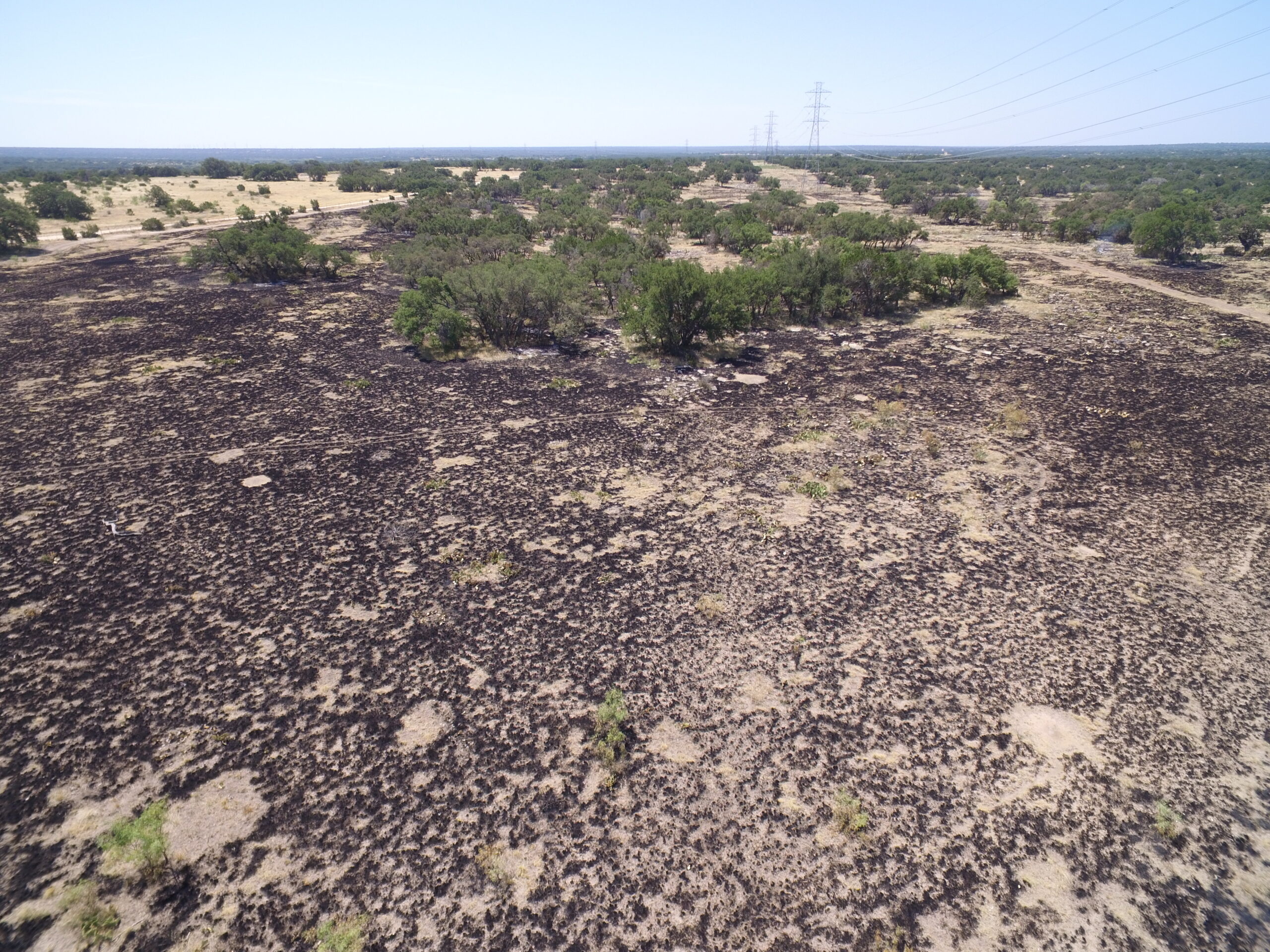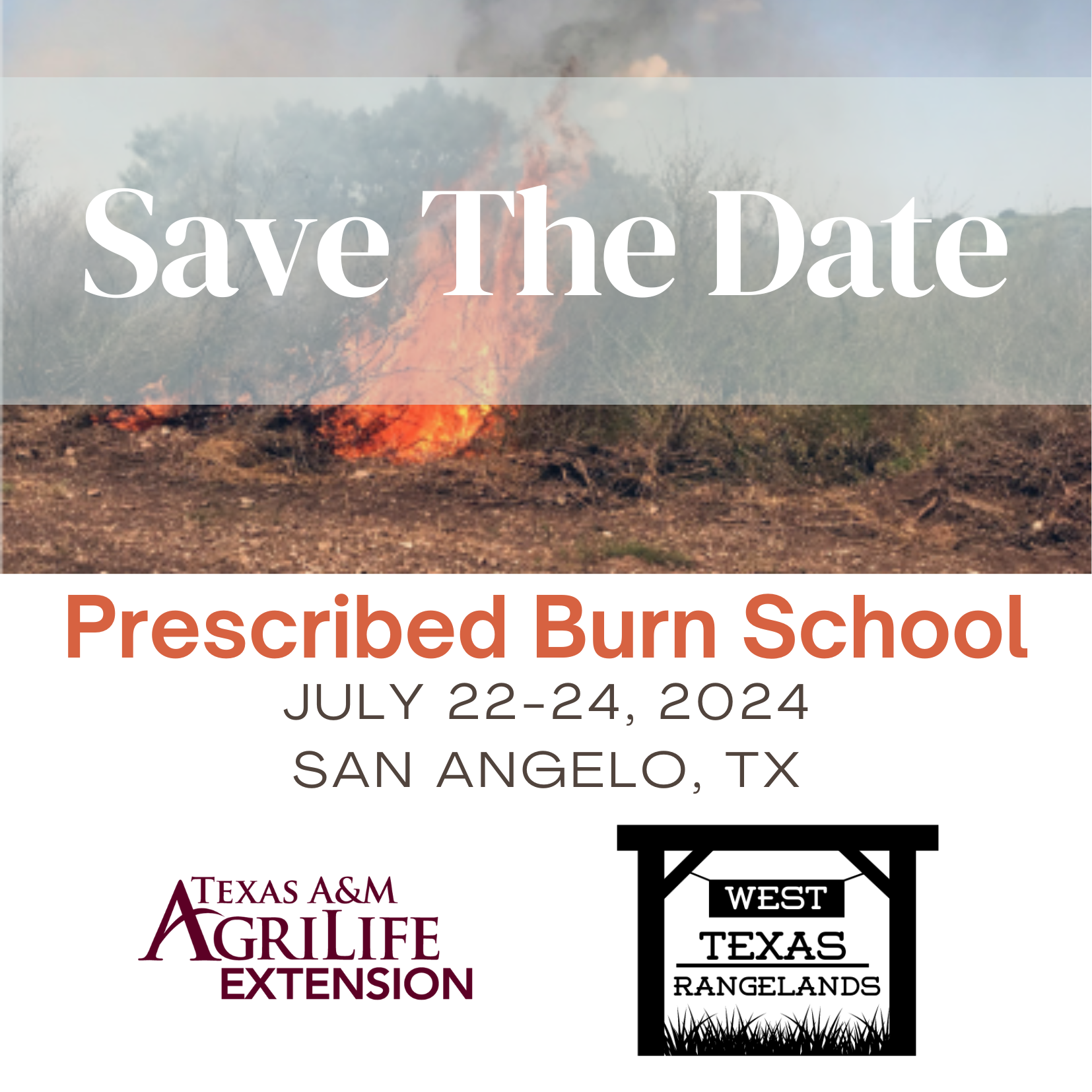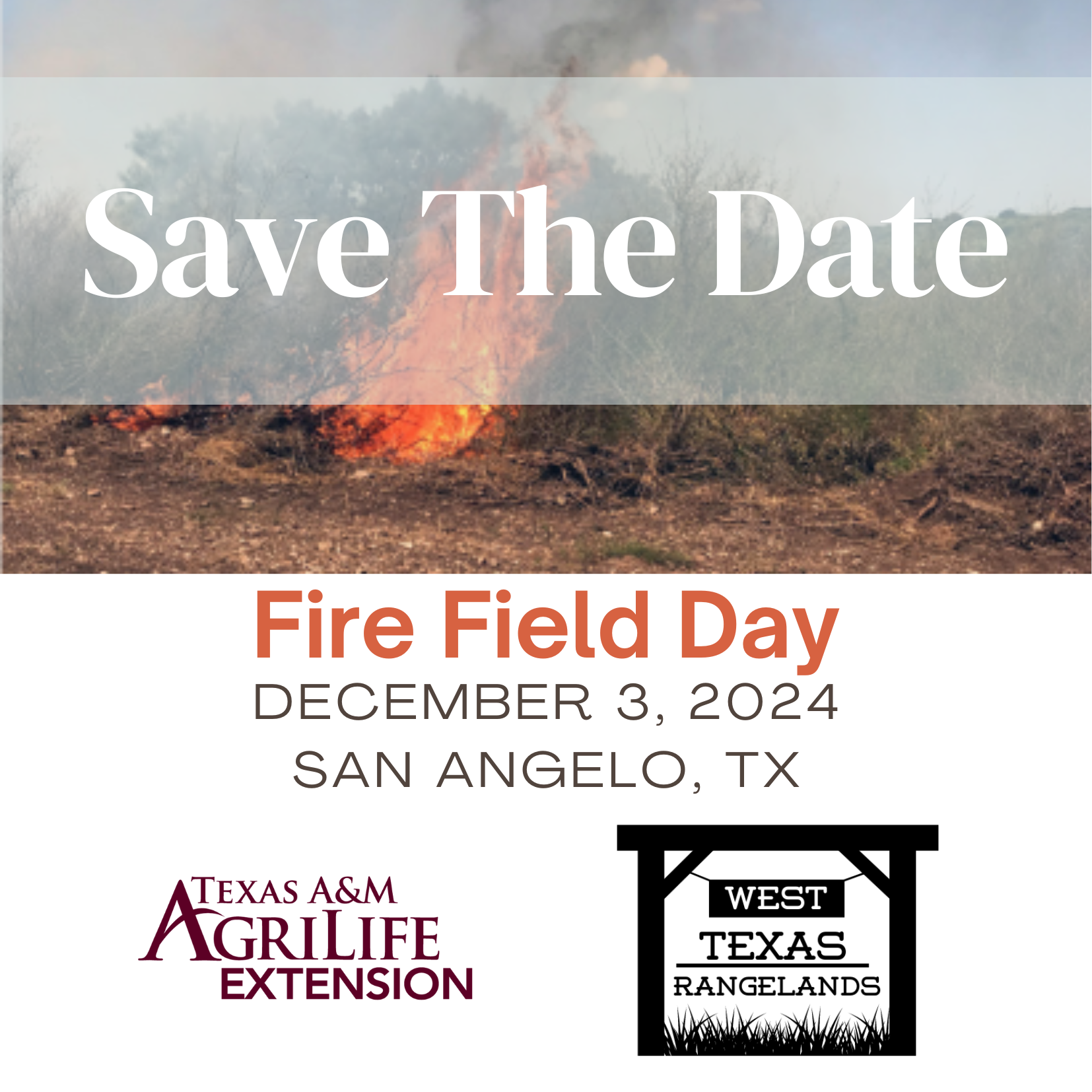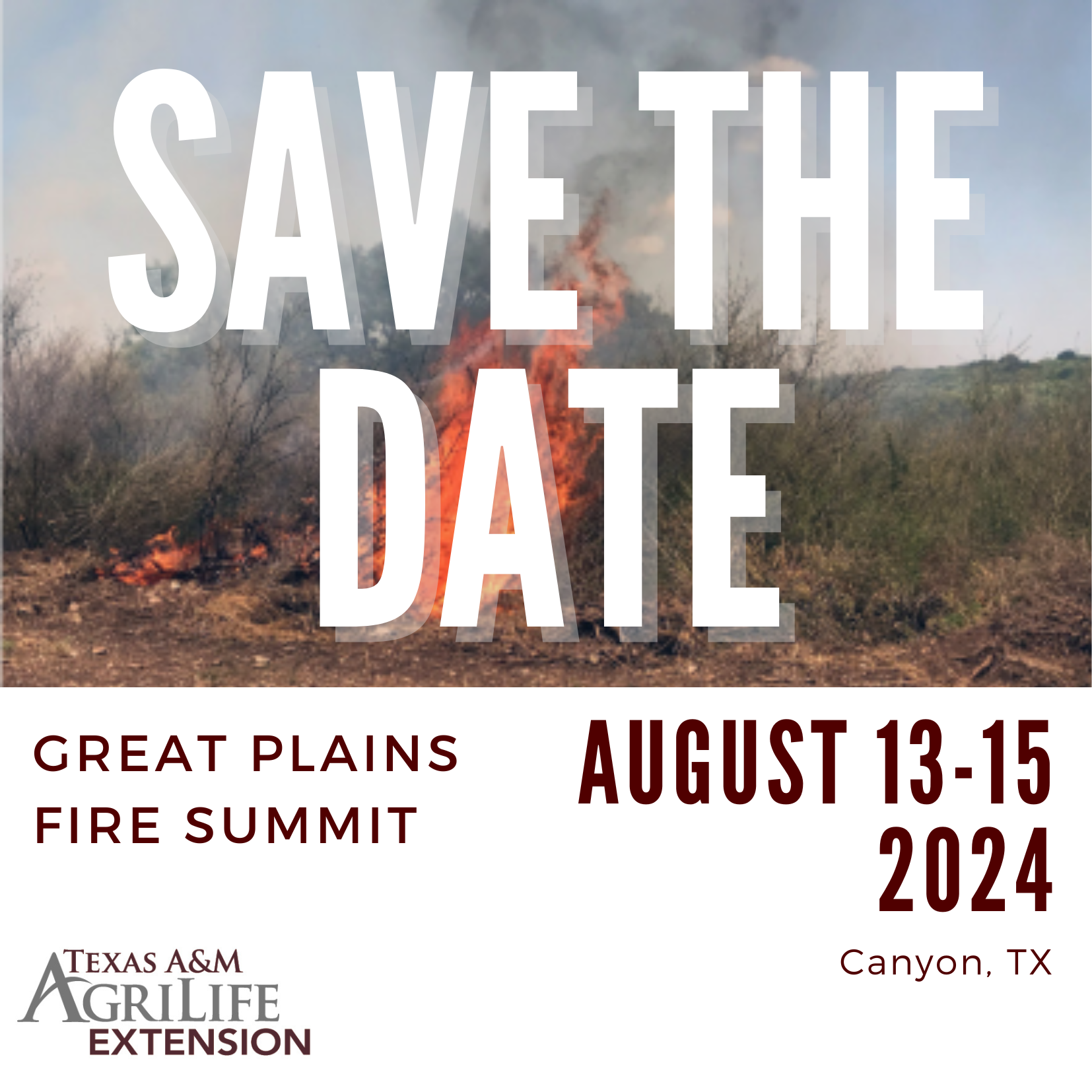The Nebraska Prescribed Fire Council has published its second issue of Prescribed Fire Lessons Learned! The Nebraska Prescribed Fire Council takes submissions from practitioners on lessons learned from prescribed fires to assist producers, landowners, PBAs, and other prescribed fire professionals to keep improving season after season. This forum has been invaluable in learning from one another in hopes that mistakes or judgment calls turn into valuable lessons for all of us building and contributing to prescribed fire culture. Below are some highlights from this issue.
Cost and Trends of Rx Fire in Southern Forestry Practices
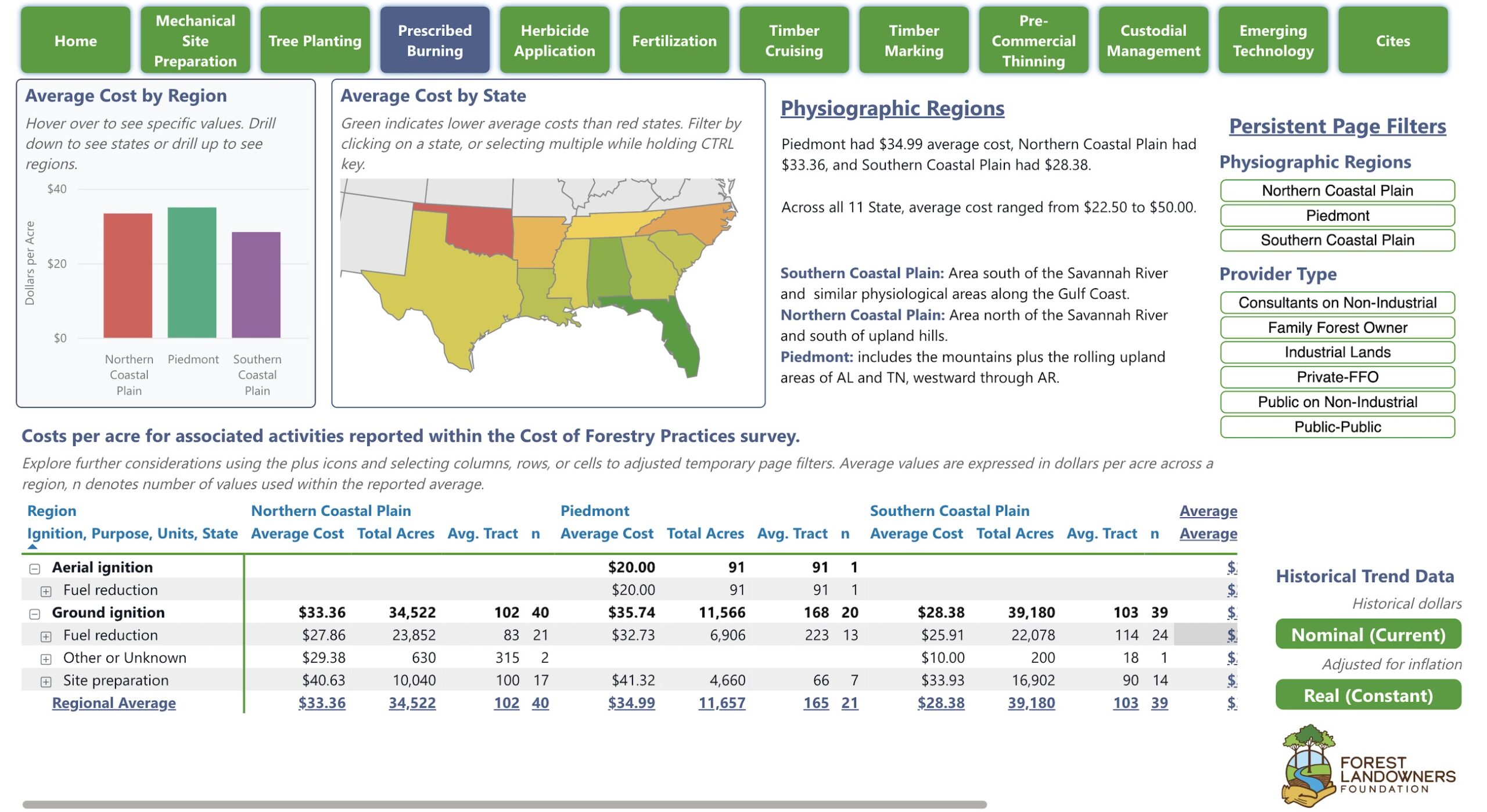 Forest Landowners Foundation in conjunction with Auburn University have created a survey to analyze the cost and trends of forestry management and practices. This survey is conducted bi-annually and provides a historical analysis of costs and management practices.
Forest Landowners Foundation in conjunction with Auburn University have created a survey to analyze the cost and trends of forestry management and practices. This survey is conducted bi-annually and provides a historical analysis of costs and management practices.
[Read more…] about Cost and Trends of Rx Fire in Southern Forestry Practices
Lessons Learned – Contributing Factors to UTV Rollover on Prescribed Fire
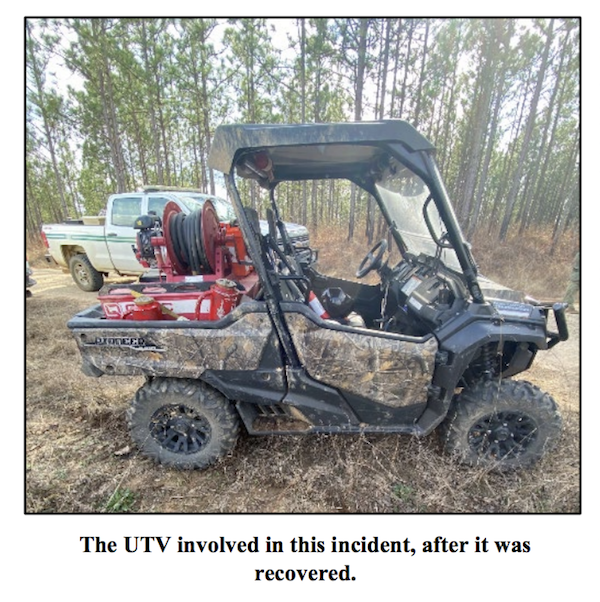 In Feb. 2023, Oakmulgee Ranger District was conducting their first large burn of the season. Multiple off-unit resources had been requested to assist with the burn, including various firefighters from other regions, Job Corps, Bureau of Land Management, and local militia.
In Feb. 2023, Oakmulgee Ranger District was conducting their first large burn of the season. Multiple off-unit resources had been requested to assist with the burn, including various firefighters from other regions, Job Corps, Bureau of Land Management, and local militia.
[Read more…] about Lessons Learned – Contributing Factors to UTV Rollover on Prescribed Fire
UTV Incidents Dominates 2023 Lessons Learned
 One of the big takeaways from the 2023 summary of incident reports from the Wildland Fire Lessoned Learned Center was the increase of UTV related incidents. Over the past 14 years, the most UTV related incidents in one year was 5. In 2023 however, there were 13 related incidents. The graph shows 15 accumulated years of UTV involved incidents, including rollovers, entrapments, equipment damage, and tree strikes.
One of the big takeaways from the 2023 summary of incident reports from the Wildland Fire Lessoned Learned Center was the increase of UTV related incidents. Over the past 14 years, the most UTV related incidents in one year was 5. In 2023 however, there were 13 related incidents. The graph shows 15 accumulated years of UTV involved incidents, including rollovers, entrapments, equipment damage, and tree strikes.
[Read more…] about UTV Incidents Dominates 2023 Lessons Learned
Exotic Herbivores and Fire Energy Drive Standing Herbaceous Biomass but do not Alter Compositional Patterns in a Semiarid Savanna Ecosystem
Did you know that fire regime alterations are pushing open ecosystems worldwide past tipping points where alternative steady states characterized by woody dominance prevail. The intensity and frequency of surface fires are reduced, limiting their effectiveness for controlling cover of woody plants. Grazing pressure can also reinforce woody encroachment by potentially reducing fine-fuel loads.
Valuable Lessons from Dubba Shop #2 Prescribed Fire in Florida
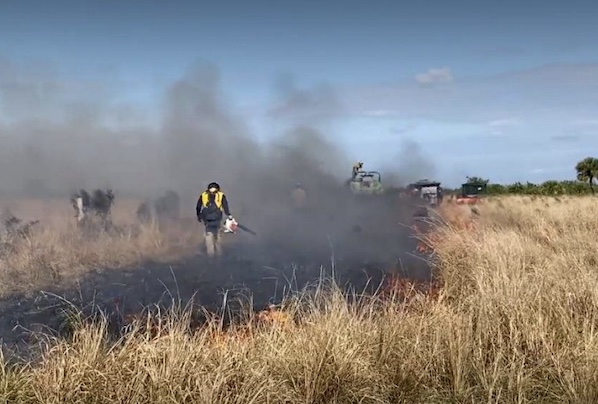 The Burn Boss (RXB2) for the Miccosukee Tribe in Florida and the Regional Fire Management Officer (FMO) for the Bureau of Indian Affairs, started looking for a burn window for the Dubba Shop #2 Prescribed burn.
The Burn Boss (RXB2) for the Miccosukee Tribe in Florida and the Regional Fire Management Officer (FMO) for the Bureau of Indian Affairs, started looking for a burn window for the Dubba Shop #2 Prescribed burn.
[Read more…] about Valuable Lessons from Dubba Shop #2 Prescribed Fire in Florida
Analysis of the Cost and Cost Components of Conducting Prescribed Fires in the Great Plains
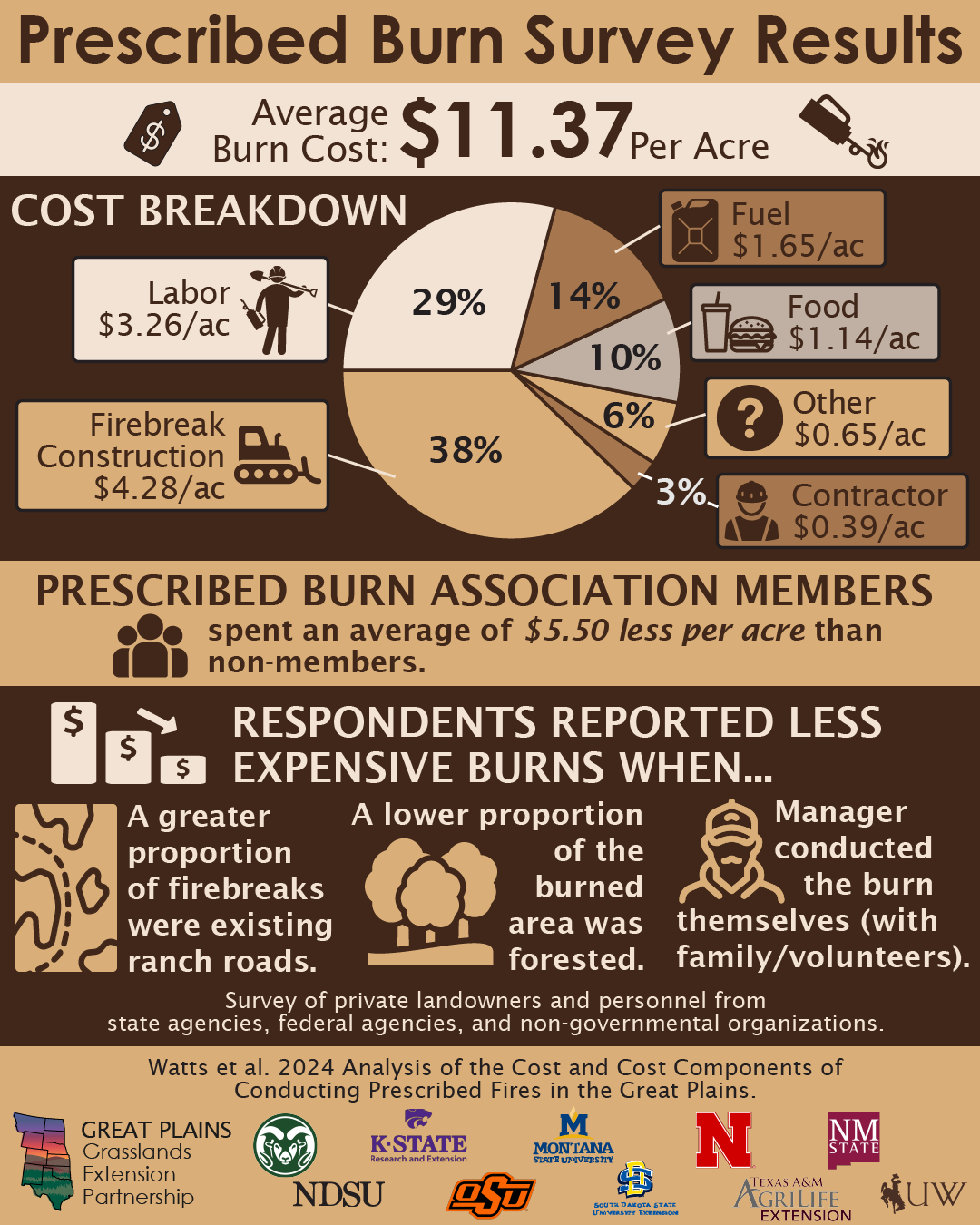 Fire is a naturally occurring process that was first applied by the Native Americans and continues today in the Great Plains by a diverse group of landowners. Fire is an incredible tool that is used to help restore fire regimes in the region. Not only is it used to restore fire regimes, it is also used to maintain and grow benefits for Agricultural outputs, risk reduction, and ecosystem maintenance.
Fire is a naturally occurring process that was first applied by the Native Americans and continues today in the Great Plains by a diverse group of landowners. Fire is an incredible tool that is used to help restore fire regimes in the region. Not only is it used to restore fire regimes, it is also used to maintain and grow benefits for Agricultural outputs, risk reduction, and ecosystem maintenance.
Prescribed Fire Training 2024 SCHEDULED DATES
We have three upcoming fire events in 2024 that you will want to save the date for!
Prescribed Burn School
July 22-24, 2024
San Angelo, Texas
First up is our 2024 in-person, 24-hr Texas Department of Agriculture (TDA) curriculum approved Prescribed Burn School. This event will be held in San Angelo, Texas July 22-24, 2024 at the Texas A&M AgriLife Research Center (7887 US HWY 87 North San Angelo, TX 76901). Upon completion of this burn school, you will be able to evaluate fuels, describe fire behavior, plan a prescribed burn, identify proper equipment and safety techniques, mitigate smoke impacts, understand Texas laws and regulations, and evaluate potential burn sites. This school will include the field component implementing a prescribed fire (if conditions allow) and the opportunity to complete the TDA Certified and Insured Prescribed Burn Manager exam as a requirement to apply for the Certified and Insured Prescribed Burn Manager (CIPBM) license from the Texas Department of Agriculture. Any individuals who have completed the online Prescribed Burn School are welcome to attend the field day training and complete the exam (burn day and exam TBD July 22-24). 6 Continuing Fire Training Credits for TDA CIPBM license holders will be offered.
Fire Field Day
December 3, 2024
San Angelo, Texas
If you have completed the online Prescribed Burn School from AgriLife Learn and would like to complete the prescribed burn and take the TDA CIPBM Exam, this is an option for you! This will also be hosted in San Angelo, Texas at the Texas A&M AgriLife Research and Extension Center. 6 Continuing Fire Training Credits for TDA CIPBM license holders will be offered.
Great Plains Fire Summit
August 13-15, 2024
Canyon, Texas
Our last Fire event will be our Great Plains Fire Summit that will be held on August 13-15! This event will be held in Canyon, Texas. This Summit is an incredible, practical, and applied prescribed fire conference dedicated to all types of fire practitioners. 6 Continuing Fire Training Credits for TDA CIPBM license holders will be offered at the Fire Summit.
Be sure to save the dates on all three of these events. Registration and more information including detailed agendas are coming soon! For more information email Casey.Matzke@ag.tamu.edu.
Patch Burning Improves Nutritional Quality of Two Gulf Coast Grasses
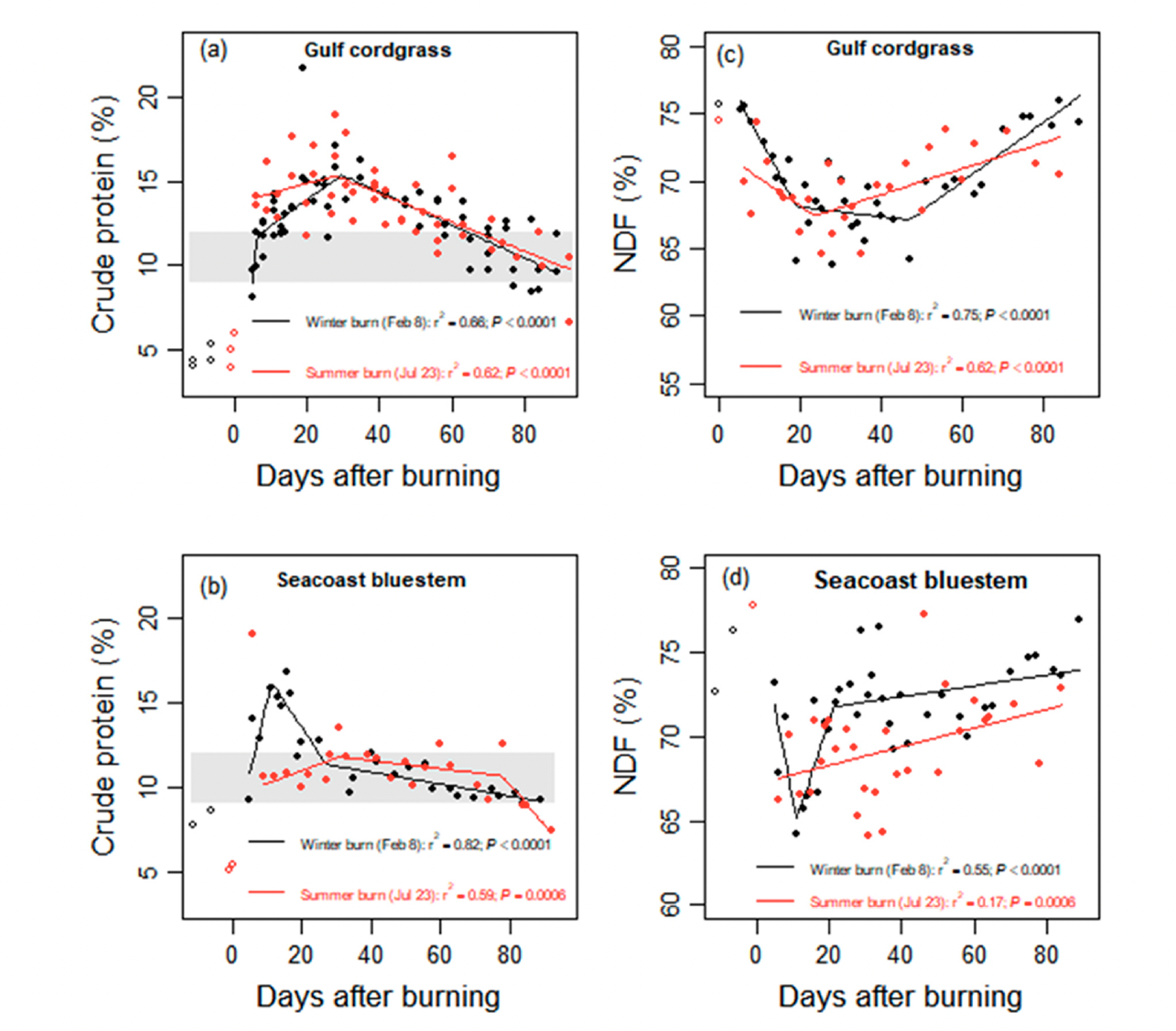 Gulf cordgrass and seacoast bluestem are native warm season grasses that are found in the Texas Coastal Prairies and Marshes ecoregions. Mature Gulf cordgrass has a nutritional value that is considered poor for grazing animals while the seacoast bluestems nutritional value is considered fair to good in spring and early summer.
Gulf cordgrass and seacoast bluestem are native warm season grasses that are found in the Texas Coastal Prairies and Marshes ecoregions. Mature Gulf cordgrass has a nutritional value that is considered poor for grazing animals while the seacoast bluestems nutritional value is considered fair to good in spring and early summer.
Haynes, V.L.; Avila-Sanchez, J.S.; Toomey, A.E.; Ortega-S., J.A.; Campbell, T.A.; Ortega-S., A., Jr.; Rideout-Hanzak, S.; Wester, D.B. Patch Burning Improves Nutritional Quality of Two Gulf Coast Grasses—And Winter Burning Is Better than Summer Burning. Fire 2023, 6, 105. https://doi.org/ 10.3390/fire6030105
[Read more…] about Patch Burning Improves Nutritional Quality of Two Gulf Coast Grasses
Snow Hill Fire Lessons Learned
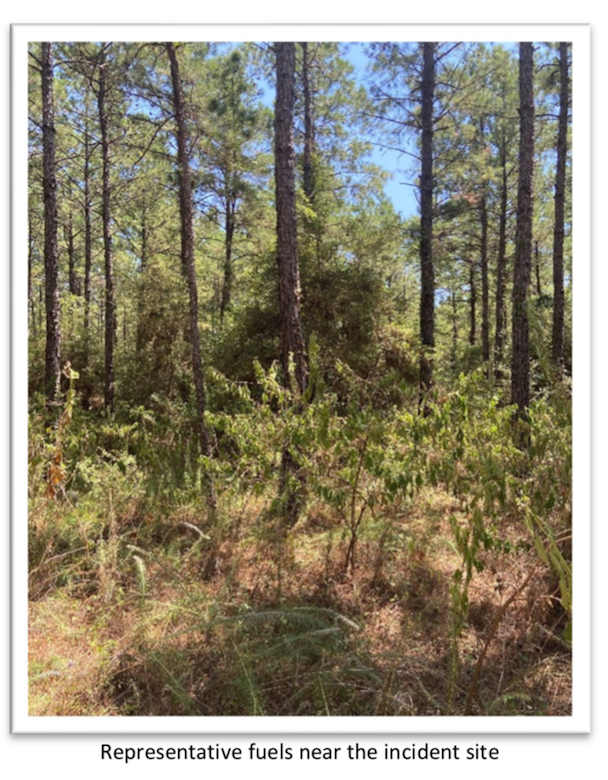 On August 2, 2023, the San Jacinto County Sheriff’s Office requested assistance from the Texas A&M Forest Service on a grass fire at FM 946 South and Harrell Road. A dominant upper-level ridge of high pressure resided over Texas from the middle of June through early August. These conditions resulted in flash drought conditions, which was only intensified by the well below normal rainfall.
On August 2, 2023, the San Jacinto County Sheriff’s Office requested assistance from the Texas A&M Forest Service on a grass fire at FM 946 South and Harrell Road. A dominant upper-level ridge of high pressure resided over Texas from the middle of June through early August. These conditions resulted in flash drought conditions, which was only intensified by the well below normal rainfall.
